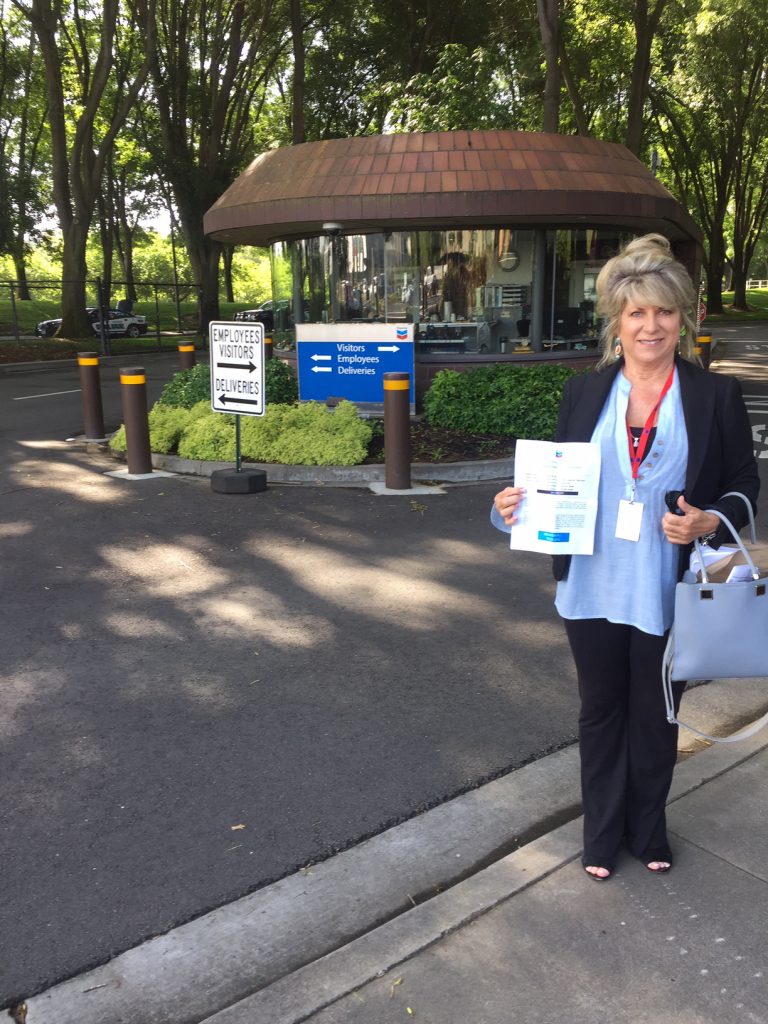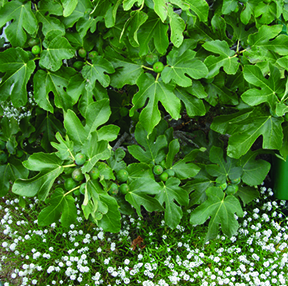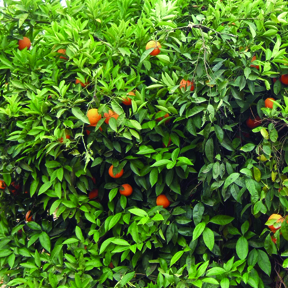THE LAST STRAW —How Starbucks can change our culture for the planet’s best interests
Starbucks is a worldwide phenomenon. Not only does the company employ hundreds of thousands of people, it constitutes a brand that most urbanites embrace, nay, cherish.
Since Starbucks corporate policy has embraced the preservation of Mother Earth, perhaps they could help instill a different culture in the consumption of beverages for the massive number of the java-enamored. This change would mean one itty, bitty urge in the direction of conservation for their patrons, and more important to Starbucks, give itself another push in the name of coolbranding. In the process, it could save billions of tons of petroleum based waste.
I give you – the straw. When did the straw become an absolutely essential appurtenance for every beverage? God gave us lips for crying out loud! Unless you are a 2-year-old and are in need of a sippy cup, this utensil is superfluous.
Straws are made of plastic and yes, most plastic is petroleum based, although we are making huge strides in other compostable bio-based eating accessories. Starbucks is on the leading edge of this technology.
The reality is that only 27% of all plastics get recycled. The other 73% goes into landfills and particulate matter in the ocean.
The use of straws with beverages goes back to the Sumerians in 3000 BC. Straws were made of gold and lapiz and were presumably used to keep the settled matter at the bottom of home-brewed beer away from one’s palate. Modern day straws were patented by the creative and thirsty Marvin C. Stone, in 1888, whilst sipping a mint julep on his front porch on a hot day in Washington, DC. The straw of choice in those days was made from a type of rye grass. Although tremendously eco-friendly, Marvin did not care for the way it tainted his bourbon. He had the notion (after a few juleps I’m sure, as the most creative ideas appear at such auspicious moments) to take a strip of paper, wrap it around a pencil and apply glue, later perfecting his invention with wax.
Every beverage in most every corner bar and eatery provides you with a straw, even when one asks specifically for its deletion. Try it and you’ll see, even when you remind the well-intended server that you didn’t want a straw, they will take it out of your soda and throw it in the trash. When you order another drink, purposefully leaving the straw on your napkin to be used with the subsequent beverage, they will throw away the napkin and the straw, missing the point entirely.
The Starbucks staff has the wherewithal to not insert the straw into your drink. In fact, by company policy, they are not allowed to touch it. There is a bevy of straws lounging on the Starbucks condiment table covered in paper sheaths (provided by trees of course) for each customer to insert at their own discretion. My research points to the fact that nearly 99% of customers exercise that option.
But almost every other restaurant, diner, bar, coffee house, and deli will insert a straw in your drink, happily toss it in the trash when you are finished, and provide you with a brand new tubular utensil with your next order, even though you are drinking the same gin and tonic and possess the same lips.
This oral addiction has been totally engrained in the hospitality industry.
Paper straws are not common. They tend to get soggy, like the rye grass straw, especially with warm liquid. Take in point my Sikh friend who was in definite need of a straw for sipping his chai tea as his mustache and beard (the pruning of which is against his belief system) would coalesce foam remnants on his glorious grey facial cascade. The paper straw at Flora Grubb was a great and heartfelt concept but not exactly practical, not to mention the fact that they are not really earth-friendly either. They are derived from trees after all.
Sometimes a plastic straw is covered with a plastic sheath – both being discarded in regular trash (yikes, a double negative!).
Let’s say you spend your afternoon at Starbucks on your laptop and drink three Caramel Machiattos, extra espresso, low-fat whatevers. Most patrons will garner three straws. Since it is the same beverage and you have the same mouth, harboring the same germs, wouldn’t it be environmentally prudent to remove the straw from your first oral orgasmic experience and re-use it for the rest of your laptop jabbing afternoon? After all, it has been marinated. Not to mention, straws give you upper lip lines, like those found on smokers’ faces.
And, let’s not forget the cost (both fiscally and environmentally) of manufacturing the straw, transporting the little culprits, and the price of all that extra trash. Starbucks would not only look cool if they campaigned against straws, they would save tons of cash!
Are straws important for certain people like my Sikh friend and Stephen Hawking? Absolutely.
Are there millions of plastic straw particles swirling around in no less than five global garbage vortexes floating in our oceans? Yes.
Are they necessary for the general public? No.
Straws are occasionally appropriate. But, every day? With every beverage? For every person? No way. We have got to get a collective grip!!!
Starbucks has a very unique and perhaps THE most influential opportunity to affect this beverage application culture. Starbucks could implement a sincere start for cultural change for the benefit of our one and only planet. This cool, no-straw policy could create a huge branding in the positive and essential global direction, amassing necessary cultural changes. Just a little coercing from a giant like Starbucks (yes, there are over 500 Starbucks just in China!) could make a small stab at the reversal of climate change.
And right now, that’s all we’ve got – small stabs. But collectively, on a planet with billions of people, cultural changes could be the most influential.
One straw at a time.
Author and Conservationist, Brandon Wiggins








